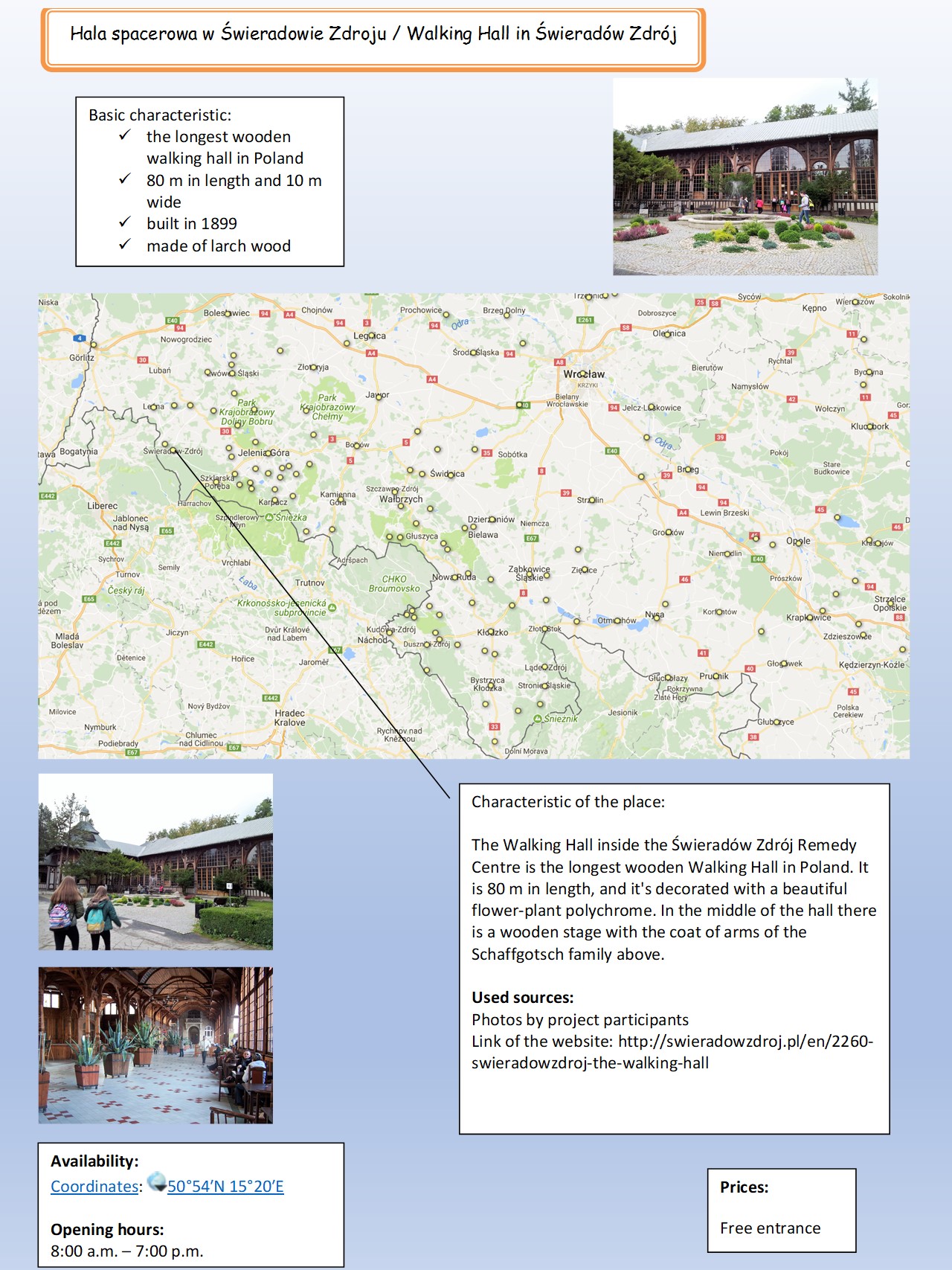DIGITAL MAP OF WOODEN ARCHITECTURE
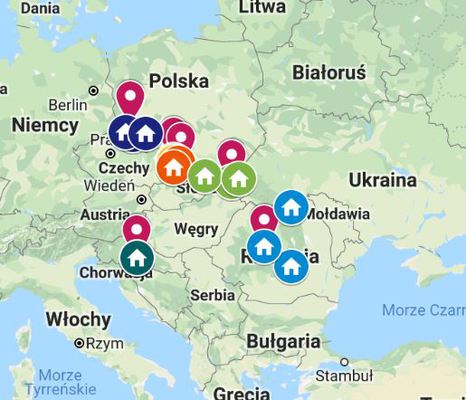
The students will visit various localities and create maps. They will take photographs of wooden buildings and then they will publish the album on TwinSpace and on the project’s blog. The students will interview one local carpenter. Together with the students from other partner schools they will make a guidebook or a short film of the wooden architectures of their countries.
ELEMENTARY SCHOOL ODRA, CROATIA
Learning Through Research in history and geography classes
We started a new school year, thanks to the Erasmus + project, learning through history and geography classes.
Eighth grade students were teaching how to create a digital map. Their task was to create digital maps with the help of applications Edmodo and Scribble maps and the material resulting from the Erasmus + project. They learned, explored, adopted new knowledge and skills and achieved great results. Congratulations to all students!
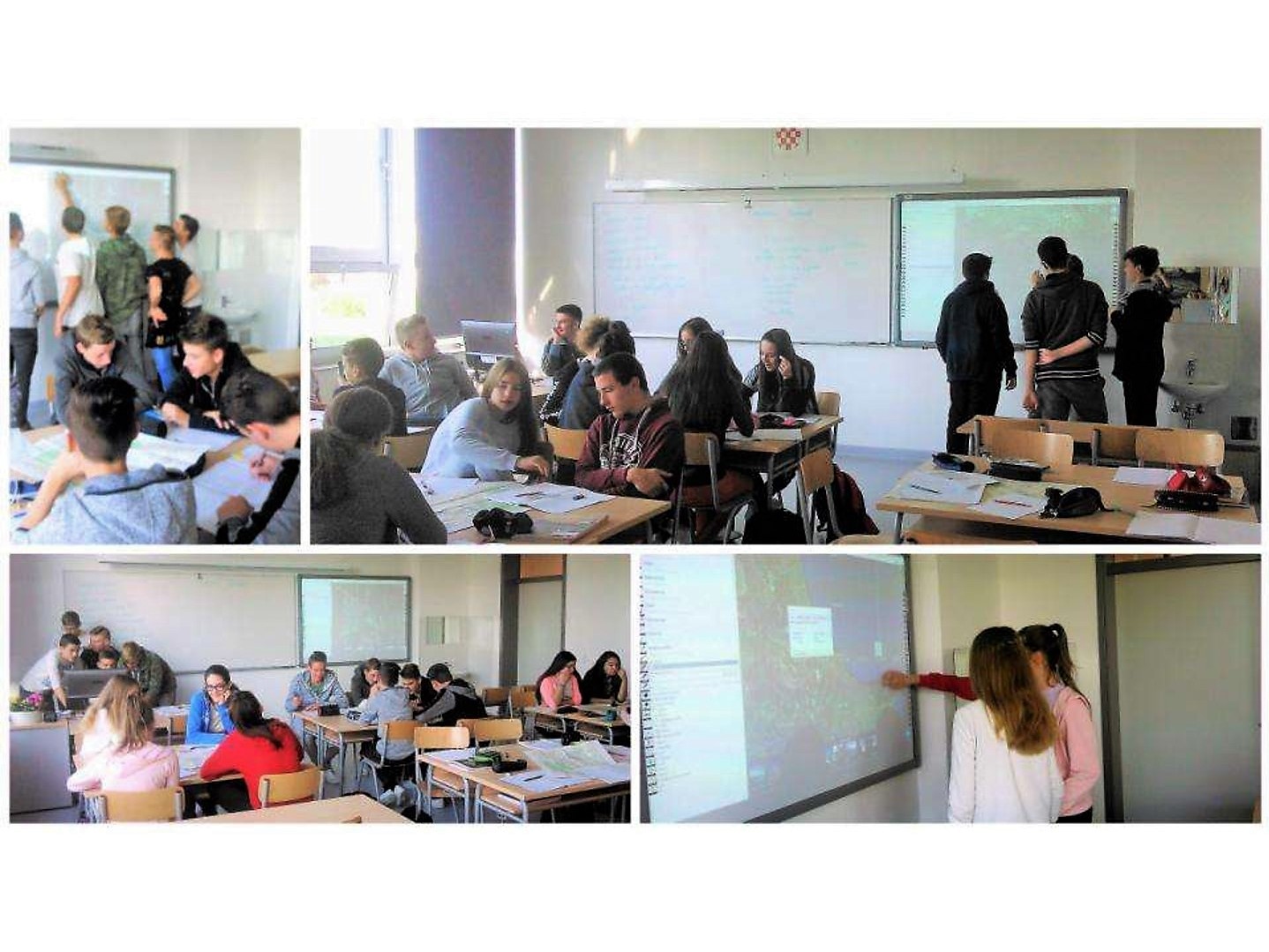
Seventh and eighth grade pupils were making identity cards of wooden architecture:
 ST. BARBARA CHAPEL
ST. BARBARA CHAPEL
 MODIĆ-BEDEKOVIĆ MANOR HOUSE
MODIĆ-BEDEKOVIĆ MANOR HOUSE
 WOODEN HOUSE FIOLIĆ
WOODEN HOUSE FIOLIĆ
CZECH REPUBLIC, OSTRAVA: research of wooden objects in Ostrava and surroundings



CZECH REPUBLIC, NAVSI
Maps and information/a story about wooden architecture from our region (Identity cards)
 - Cottage Kamenity,
- Cottage Kamenity,  - Church Guty,
- Church Guty,
 - Cottage Libušín
- Cottage Libušín
A link to the photo album of chosen wooden architecture in our region + local craftsmen: https://photos.app.goo.gl/ZPAH5gUe5YG4TXAj1
Map of the Czech Republic with wooden architecture from our region:
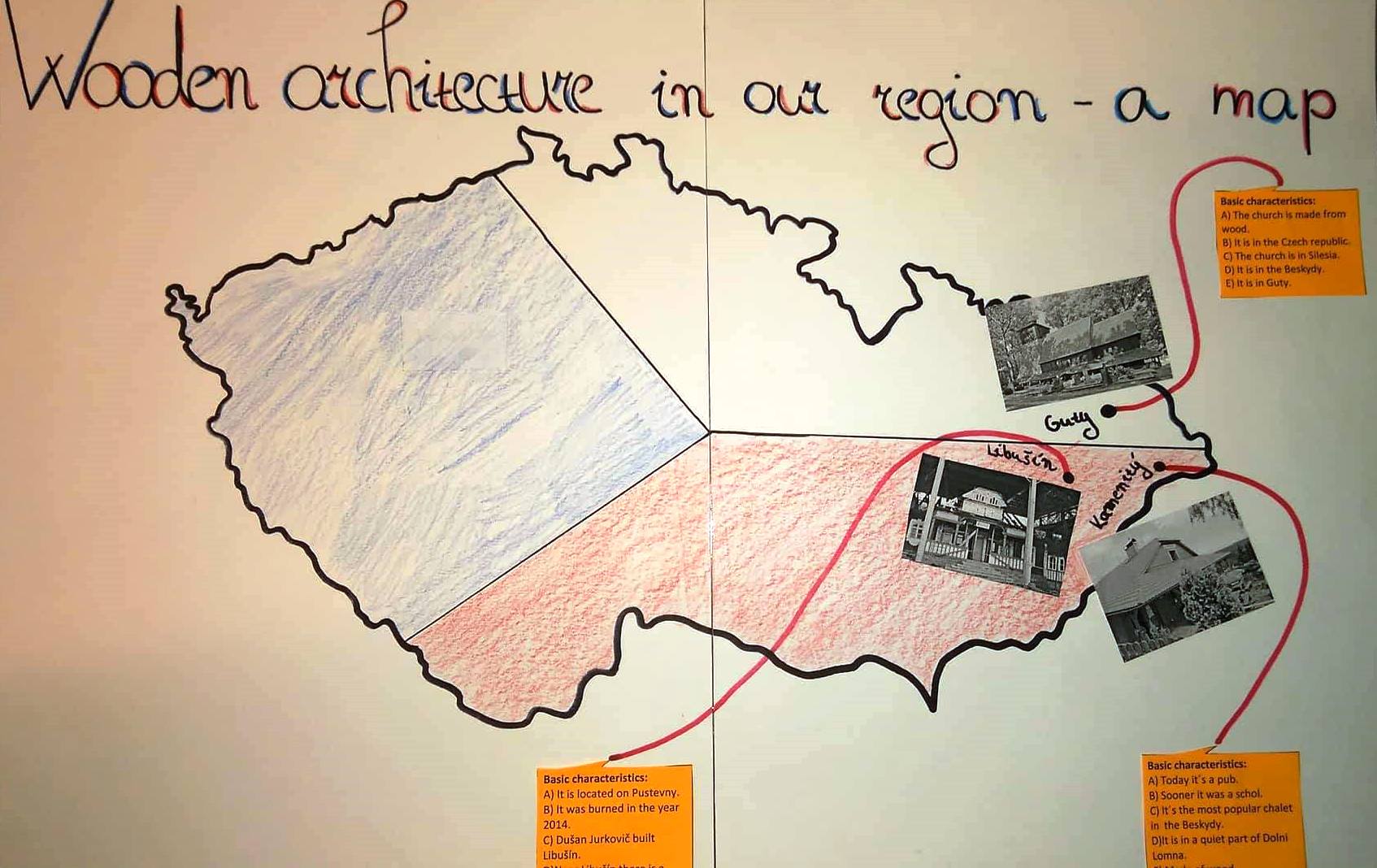
Cottage Libusin up close: 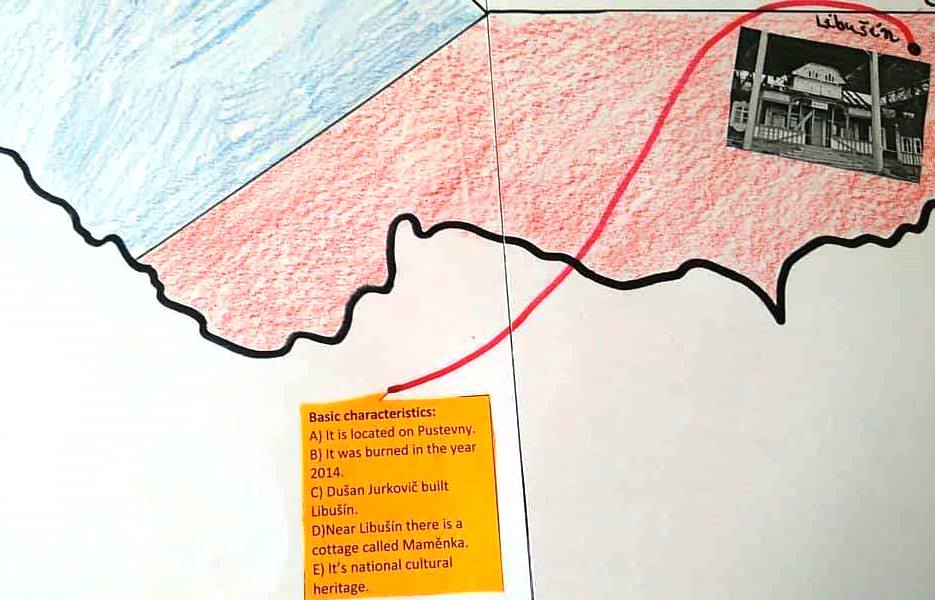
Cottage Kamenity up close: 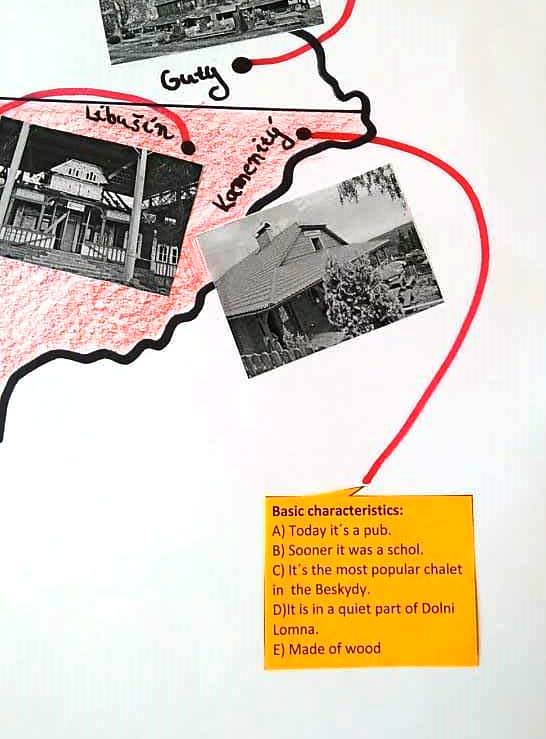
Church in Guty up close 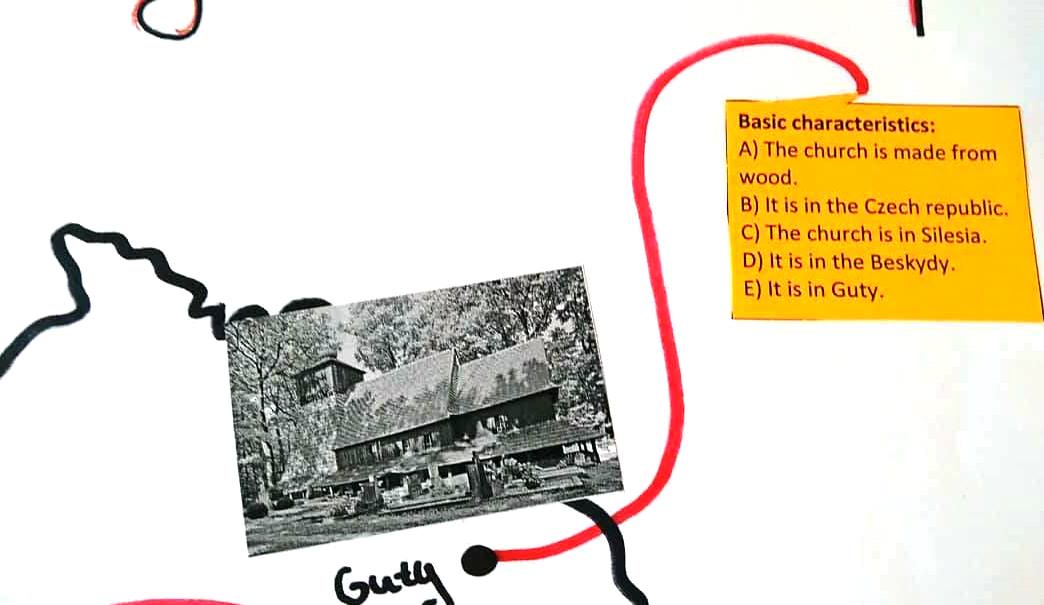
ROMANIA
 Peles Castle
Peles Castle
 Putna Monastery
Putna Monastery
 Palace of the Parliament
Palace of the Parliament
Slovakia
http://share.davidbenko.xyz/school/brzychcyova-dr-arch-int-mapa/
Poland
 Vang stave church was build in the parish of Vang in the Valdres around 1200. In 1832 the local council desided to destroy it because it was too small. In 1841 this four-post single-nave stave church was bought by the Prussian King Frederick William IV, transferred from Norway and one year later it was re-erected in Karpacz in the Karkonosze Mauntains. Vang church is the oldest wooden church in Poland and it is probably the most visited stave church in the world.
Vang stave church was build in the parish of Vang in the Valdres around 1200. In 1832 the local council desided to destroy it because it was too small. In 1841 this four-post single-nave stave church was bought by the Prussian King Frederick William IV, transferred from Norway and one year later it was re-erected in Karpacz in the Karkonosze Mauntains. Vang church is the oldest wooden church in Poland and it is probably the most visited stave church in the world.
Church of Peace was founded by virtue of the Peace of Westphalia which ended the Thirty Year's War (1618 - 1648).
Under the Peace of Westphalia, Ferdinand III of Habsburg was obliged by the Swedish to allow the Protestants to build one so-called Church of Peace in each duchy: Jawor, Świdnica, and Głogów.
Protestants could only build their church outside the town walls, it couldn't have any towers nor a belfry, and it should only be built from non-durable materials like wood, sand, or clay. The building couldn't look like a church and the construction works could not last longer than a year.
All three churches became the biggest timber-framed religious buildings in Europe. Nowadays still exist only two of them and both are recognized by UNESCO in 2001. The 3rd church which was build in Głogów burned down in 1758.
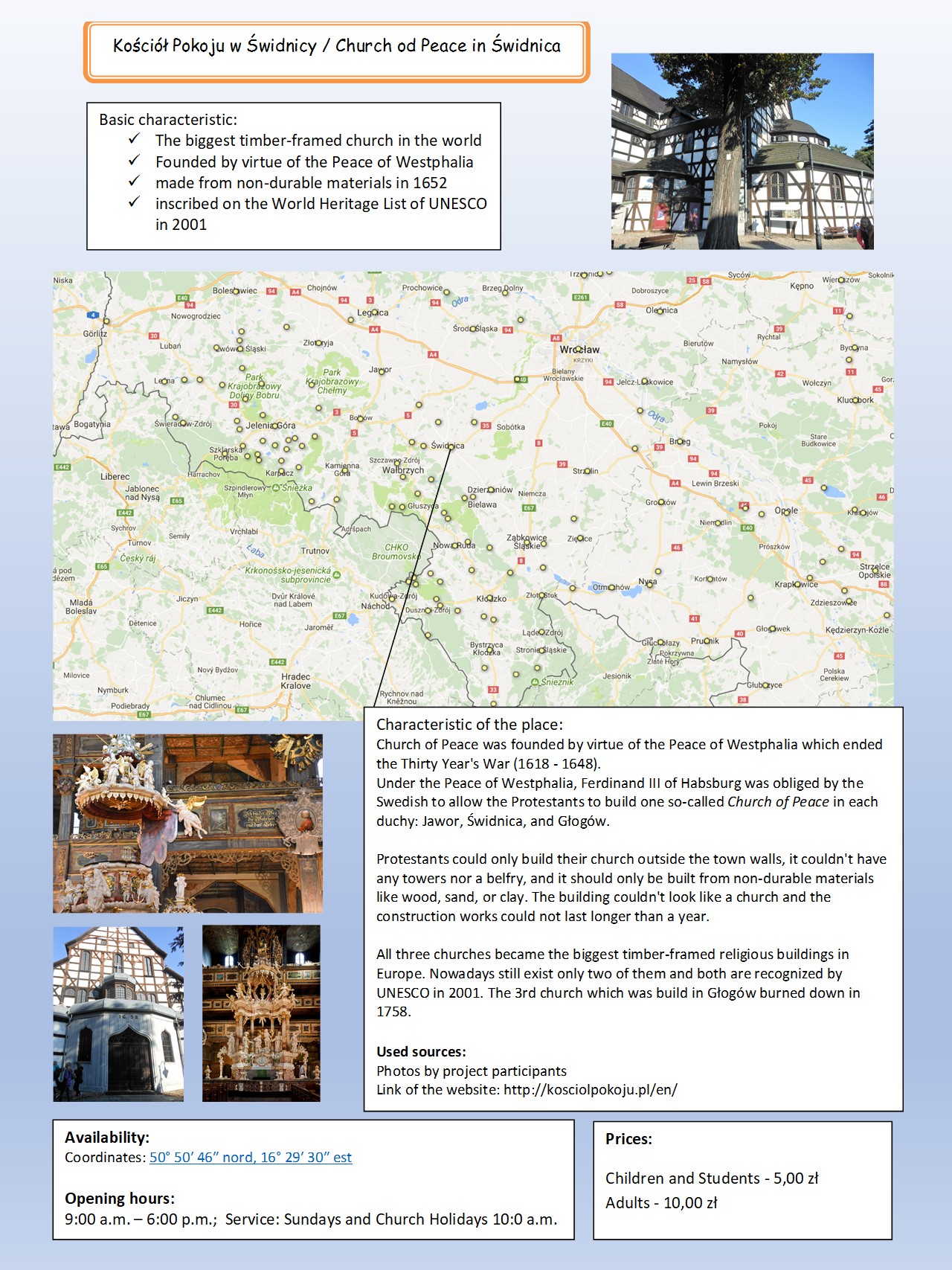
The Walking Hall inside the Świeradów Zdrój Remedy Centre is the longest wooden Walking Hall in Poland. It is 80 m in length, and it's decorated with a beautiful flower-plant polychrome. In the middle of the hall there is a wooden stage with the coat of arms of the Schaffgotsch family above.
